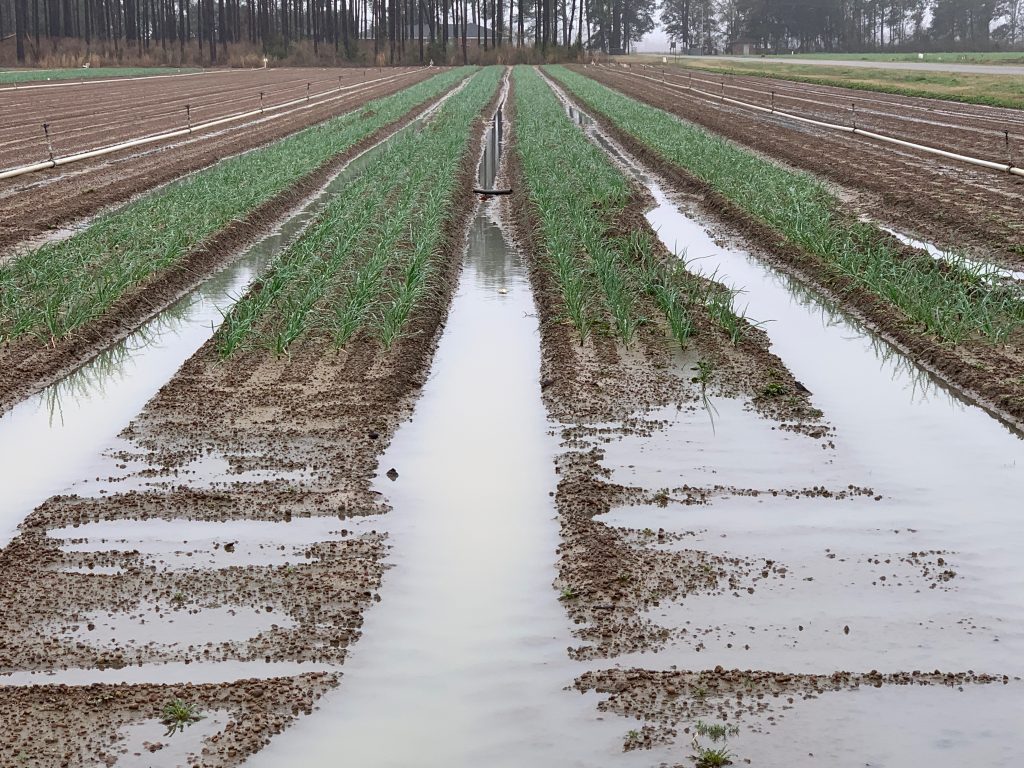
What was expected to be warm and dry turned out to be cold and wet for most of the Southeast. Don’t blame La Nina, says Pam Knox, University of Georgia Extension Agricultural Climatologist.
“It’s unusual, but it’s not unprecedented. I think the last time it happened was early in the 21st Century, close to 20 years now. We did have a similar kind of winter that was cold and wet even though it was a La Nina. It has happened before, but statistically, it’s pretty rare,” Knox said. “That’s why when we know when a La Nina’s coming, we usually go with the statistically most likely prediction which is more warmer and drier. It just didn’t work this year, and it wasn’t the fault of La Nina, it was because we had a Sudden Stratospheric Warming that just threw things off.”
Sudden Stratospheric Warming
According to blog by Knox, the SSW shoved the cold polar vortex that is usually around the North Pole off center, pushing the storm track back down south towards us and bringing the unexpected cooler, cloudier and wetter conditions that we experienced this winter, especially in southern Georgia.
For the most part, farmers aren’t complaining. The cooler temperatures helped peach trees accumulate enough chilling hours that could produce a bountiful crop in Georgia and Alabama.
Excessive rainfall in January and February also provides hope for producers that there won’t be a summer drought this year. Again, it’s not something farmers would normally experience in a La Nina. But it’s definitely been an atypical weather season so far.
“What we often see in a La Nina in early summers, we don’t recharge the soil over the winter, and then as soon as the plants come out of dormancy and the temperatures rise, we get really dry conditions,” Knox said. “We can have a pretty quick onset drought in late spring or early summer in a La Nina summer, after we’ve had the La Nina all winter.
“This year that’s not going to be a problem. There’s been so much moisture that I think the soils are really. In some places they’re saturated, although in other places, not so much.”









